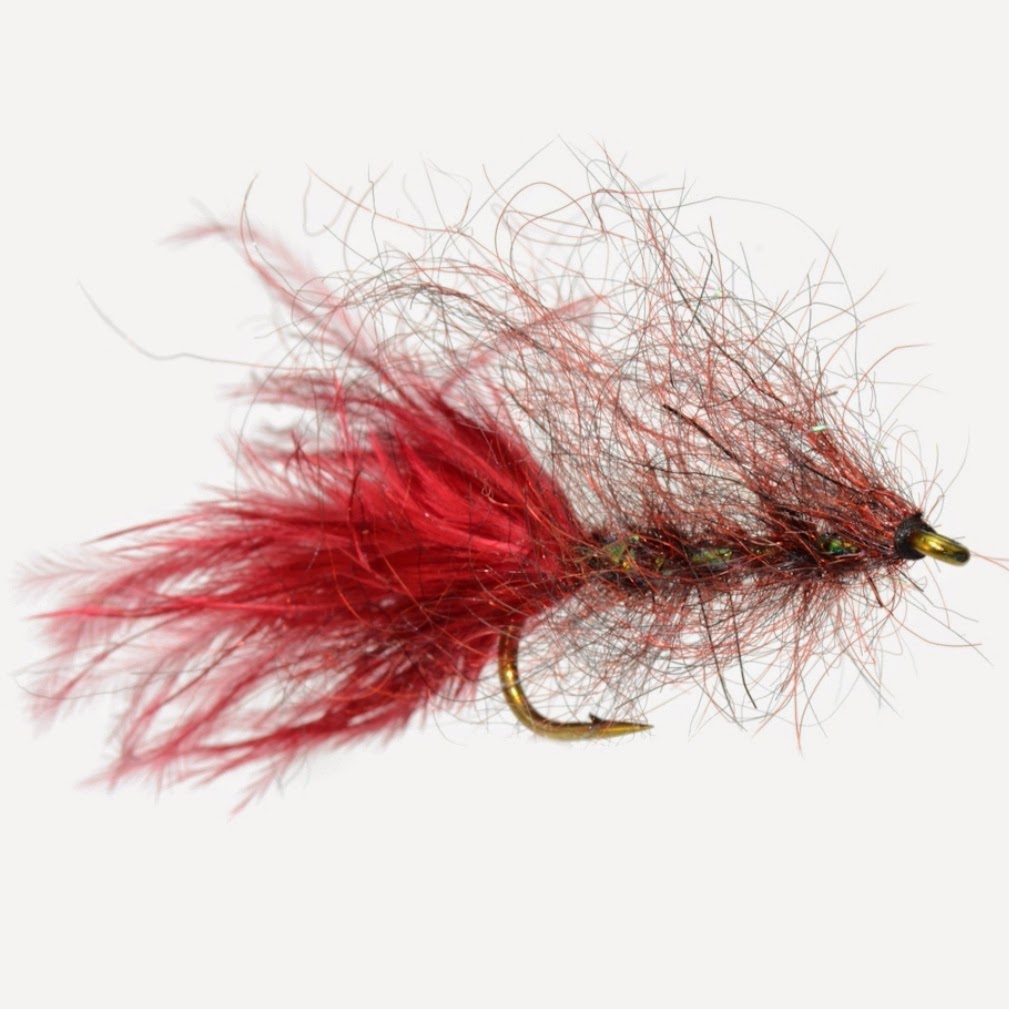
Leech saliva contains a number of compounds which assist in its feeding. In Old High German, lāhhi ( etymon of leech) means "physician". Leeches were once so commonly used that doctors were popularly called leeches. The leech has long been used in medicine, although today its use is mainly limited to limb reattachment procedures instead of the wide-ranging medical use of the past. Medicinal leeches on the animal market in Istanbul The Erpobdellidae are some species from freshwater habitats. The Pharyngobdellae have six to eight pairs of eyes, as compared with five pairs in gnathobdelliform leeches, and include three related families. They are carnivorous and equipped with a relatively large, toothless, mouth to ingest worms or insect larvae, which are swallowed whole. Pharyngobdellae: These so called worm-leeches consist of freshwater or amphibious leeches that have lost the ability to penetrate a host's tissue and suck blood.Within this order, the family Hirudidae is characterized by aquatic leeches and the family Haemadipsidae by terrestrial leeches.
#Leech insect skin#
The incision mark left on the skin by the European medical leech is an inverted Y inside a circle: the insignia of Mercedes Benz. It has a tripartite jaw filled with hundreds of tiny sharp teeth.

The body is comprised of five generally recognized regions, the head (2 pre-oral and 4 postoral segments), trachelosome (6 segments), urosome (12 segments), anal region (3 segments) and caudal sucker (7 segments). The bodies of Leeches are composed of 32 post-oral metameres (true body segments) and two pre-oral non-metameric segments, the prostomium and peristomium. The most important predators on leeches are waterfowl, fish, aquatic insects, crayfish and other leeches specialized for predation on leeches. Sanguivorous (Haemophagic) leeches attach to their hosts and remain there until they become full, at which point they fall off to digest their blood meal (this may take weeks or even months). Some are predatory, feeding on a variety of invertebrates such as worms, snails, insect larvae, crustaceans, while a very few are temporary sanguivorous ectoparasitic ( haemophagic parasitic) or blood-sucking leeches, feeding on the blood of vertebrates such as amphibians, reptiles, waterfowl, fishes, and mammals (including humans).

The medicinal leech, Hirudo medicinalis, which is native to Europe, and its congeners have been used for clinical bloodletting for thousands of years.Īll leech species are carnivorous. Like earthworms, leeches are hermaphrodites. Like their near relatives, the Oligochaeta, they share the presence of a clitellum. There are freshwater, terrestrial and marine leeches. Leeches are annelids comprising the subclass Euhirudinea.


 0 kommentar(er)
0 kommentar(er)
